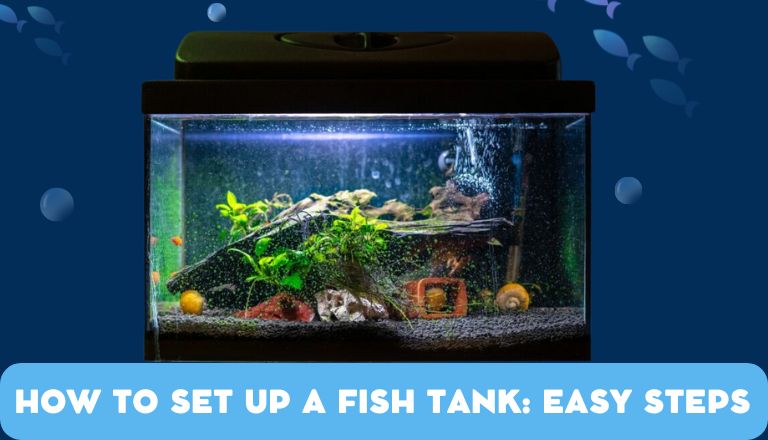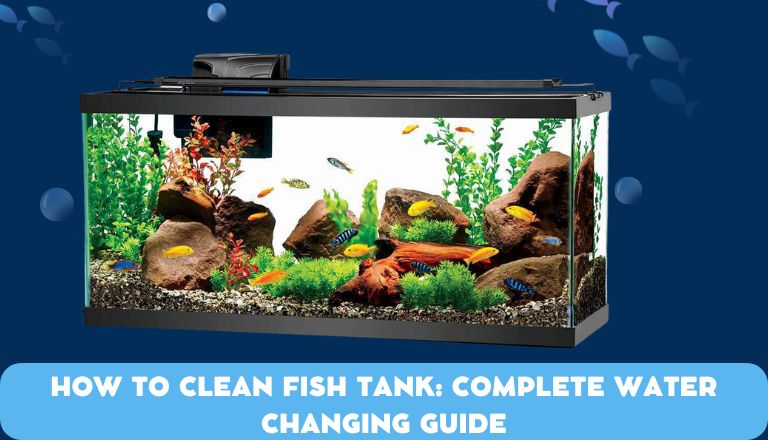How To Set Up A Fish Tank: Easy Steps
Get ready to explore the amazing world of underwater life by setting up a fish tank. It can be fun and rewarding but might seem overwhelming for beginners. Don’t worry, we’ve simplified the process into 7 easy steps to help you create a thriving underwater ecosystem quickly.
This guide will give you all the knowledge and tools you need to know how to set up a fish tank like a pro. This article gives complete knowledge from choosing the right tank size to picking the perfect fish. So grab your net, and get ready to start an exciting journey into the world of aquarium keeping!
How To Set Up A Fish Tank, Step One: Plan your Tank
Start by planning your fish tank setup carefully. Decide the tank size to determine the number and types of fish you can keep. Research different fish species to ensure they can live together and thrive. Note the equipment needed, like filters and heaters, based on the fish’s requirements.
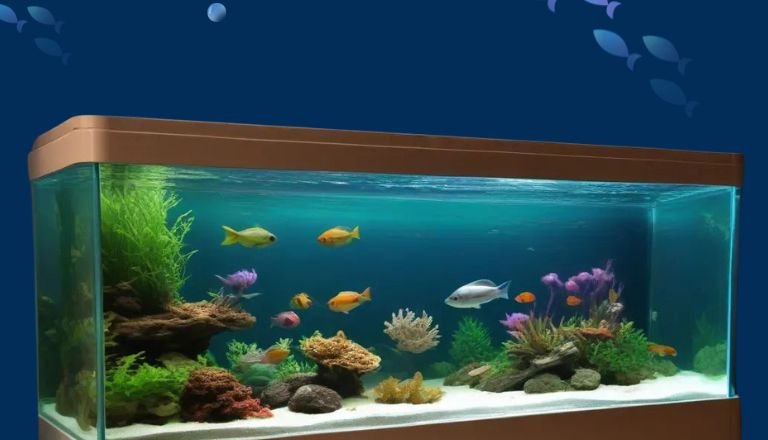
Plan where to put the tank in your home, away from sunlight and drafts. Choose decorations and plants that look good and provide hiding spots for the fish. Planning will save time and money and lead to a successful and attractive aquarium for you and your fish to enjoy.
Step Two: Prepare the Tank
When setting up a fish tank, preparing the tank is a crucial step to ensure the health and well-being of your aquatic pets. By carefully preparing and positioning your tank, you are creating a good environment for your aquatic pets to live and grow.
Cleaning a Used Tank
If you’re using a used tank, clean it thoroughly to remove any lingering debris, chemicals, or harmful bacteria that could harm your fish. Using gentle cleaners or vinegar diluted in water to sanitize the tank without leaving behind toxic residues.
Positioning Your Tank
Once your tank is clean and dry, position it in the right spot to maintain a stable environment for your fish. Choose a location away from direct sunlight and drafty areas to prevent temperature fluctuations that can stress out your fish. Make sure the surface where you place the tank is level and sturdy enough to support its weight when filled with water.
Step Three: Add the Substrate and Water
When setting up your fish tank, the substrate is important for creating a natural habitat for your fish. The amount of substrate needed depends on the size of your tank. A good rule is to use 1-2 pounds per gallon of water.
After adding the substrate, the next step is to fill the tank with water. For freshwater tanks, use dechlorinated tap water. Make sure to remove harmful chlorine and chloramine with a dechlorinator before adding fish. For saltwater tanks, mix marine salt with purified water following the instructions on the package.
Washing the Substrate
Before adding the substrate into the tank, make sure to wash it thoroughly to remove any dust or debris that could cloud your water. This simple step will ensure a clean and healthy environment for your fish.
Adding Water to the Tank
Once you have successfully added the substrate to your fish tank, the next step is adding water. Depending on the type of aquatic environment you are creating, you may need to choose between freshwater or saltwater.
Adding Freshwater
For a freshwater tank, use dechlorinated water at room temperature to avoid shocking your fish with extreme temperatures or chemicals. Slowly and carefully pour the water into the tank to prevent disturbing the substrate bed.
Adding Saltwater
If you are setting up a saltwater aquarium, use pre-mixed saltwater specifically designed for marine tanks. Closely follow instructions on mixing ratios and salinity levels as they are critical for maintaining a healthy marine ecosystem.
As with freshwater tanks, handle the addition of saltwater gently to minimize disturbances in your setup.
Step Four: Install the Equipment
After cleaning your equipment, install them in your fish tank. Attach the heater securely to the side of the tank so it is fully underwater. Place the filter at one end of the tank for good circulation and filtration. Follow the manufacturer’s instructions for each piece of equipment to ensure it works well.
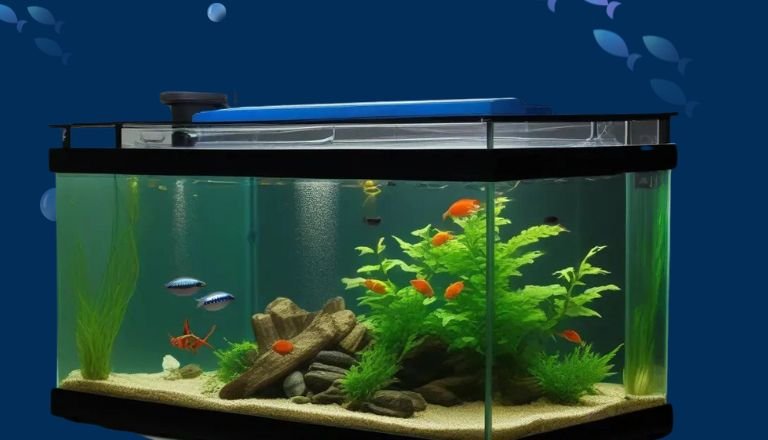
Position any extra equipment like an air pump or water circulation device according to your plan. Check for leaks in the connections and fix them before filling the tank. Properly place equipment for a healthy fish environment and good water quality. Make sure all components work properly before adding water and adjusting water levels.
Step Five: Add Plants and Decorations
When decorating your fish tank, make sure a balanced and interesting environment for your fish. Use a mix of live plants like Anubias, Java Fern, or Amazon Sword plants. These plants not only give oxygen but also keep the water clean by absorbing waste and making oxygen through photosynthesis.
You can also add artificial decorations like driftwood, rocks, or caves for hiding spots or to make the tank look nice. Arrange the decorations to give your fish enough space to swim and to look good. By picking and arranging plants and decorations carefully, you can make a lively underwater world.
You can also read, how to set up a fish tank for Betta Fish here: Betta Fish Tank Set up
Step Six: Cycle the Tank
Cycling the tank is important for creating a healthy environment for your fish. This process grows good bacteria that break down harmful substances. To start, add a little fish food or ammonia to the tank. Check the water regularly for safe levels. Use a test kit to monitor levels of ammonia, nitrite, and nitrate.
It takes 2 to 6 weeks for the bacteria to grow fully. Rushing can harm your fish. Let nature work and test the water to keep your fish healthy. Be patient during both freshwater and saltwater cycling stages, as it takes time for the tank to stabilize before adding fish.
Freshwater Cycling
Freshwater cycling is important for keeping your fish healthy. Beneficial bacteria grow and break down harmful substances like ammonia and nitrite, making them less toxic. To start the cycle, add ammonia to the tank using fish food or liquid drops. This helps bacteria grow. Test the water for levels of ammonia, nitrite, and nitrate to make sure the cycle is going well.
Saltwater Cycling
Cycling in saltwater is like in freshwater tanks but a bit different. You can use live rock or sand from an existing tank to add good bacteria fast. If you’re starting new, you can use bacterial supplements made for saltwater tanks to start the cycling process quickly.
Step Seven: Add Your Fish!
Now it’s time to add your fish to their new home! First, check the water temperature to make sure it’s right for your fish. To help them adjust, float the fish in a bag or container in the tank for 15-20 minutes. Then, gently release them into the tank using a soft net to avoid stress.
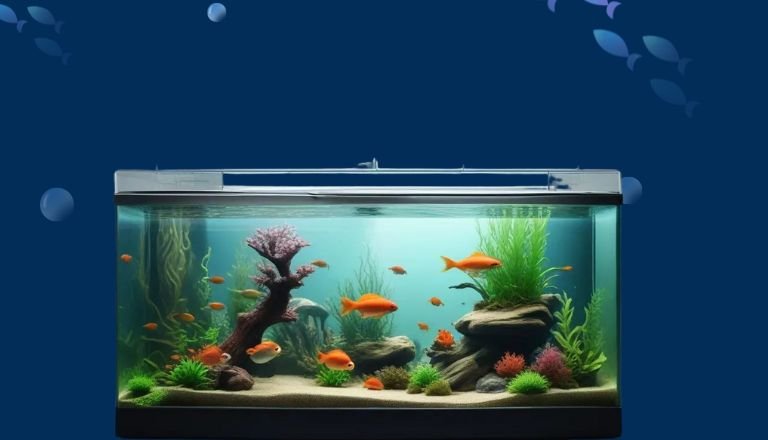
Start with a few fish to avoid overcrowding and add more gradually as they settle in. Watch how the fish interact to see if any adjustments are needed for their comfort. Be patient and give the fish time to get used to their new environment before making any changes.
Conclusion
Setting up a fish tank can be a rewarding and enjoyable experience for both you and your aquatic pets. By following the steps outlined in this guide, you can create a safe and healthy environment for your fish to thrive in. Regularly maintain and monitor your tank to ensure the well-being of your fish.
With proper care and attention, your fish tank will become a beautiful centerpiece in your home, bringing joy and tranquility to all who admire it. Start setting up your fish tank today and embark on a journey of discovery and wonder as you delve into the fascinating world of aquarium keeping.
FAQs
How To Set Up A Fish Tank For Beginners?
First, choose a tank size that fits the type and number of fish you want. Next, set up the tank with substrate, decorations, and plants for the fish. Make sure to cycle the tank before adding fish to help good bacteria grow and break down waste.
Get a good filter and heater to keep the water clean and warm. Learn about the specific needs of your fish, like food, water conditions, and if they get along with other fish. Test the water regularly and keep up with maintenance to keep your fish happy and healthy.
How Long Do You Have To Wait To Put Fish In A New Tank?
When you start a new fish tank, make sure the environment is stable and healthy before adding the fish. Let the tank cycle. This usually takes 4-6 weeks. During this time, ammonia and nitrite levels will go up and then go down as the tank gets older. Once the cycling is done and the water quality is good, you can put the fish in the tank.
Can I Use Tap Water For My Fish Tank?
Tap water is not recommended for fish tanks because it can have harmful chemicals like chlorine. Treat tap water before adding it to your fish tank to make it safe. Use a water conditioner made for aquariums to remove chlorine, chloramine, and heavy metals. Test the tap water’s pH and hardness before adding it to your fish tank.

